The Annapurna Base Camp (ABC) trek in Nepal remains one of the most sought-after Himalayan adventures, drawing trekkers from around the globe. Recent updates on trail conditions, teahouse availability, and weather patterns are essential for anyone planning this journey. The route, which winds through lush rhododendron forests, traditional Gurung villages, and high-altitude landscapes, has seen several changes in recent months due to seasonal fluctuations and infrastructure developments.
Trail Conditions and Accessibility
The trail to ABC is generally well-maintained, but trekkers should be prepared for occasional challenges. The monsoon season, which ended in September, left some sections muddy and slippery, particularly between Chhomrong and Bamboo. Landslides have affected a few areas near Jhinu Danda, but local crews have been working to clear debris and reinforce paths. The iconic stone steps leading to Sinuwa are intact, though worn in places, requiring careful footing. Beyond Deurali, the terrain becomes more rugged, with loose rocks and snow patches appearing as you approach Machapuchare Base Camp (MBC).
Teahouses and Accommodations
Teahouses along the ABC route have rebounded well after the pandemic, with most now operating at full capacity. In villages like Ghorepani and Chhomrong, trekkers will find a wide range of options, from basic lodges to more comfortable guesthouses with hot showers. Higher up, facilities become sparser. At MBC and ABC, teahouses are simpler, with shared dormitories and limited amenities. Prices for food and lodging increase with altitude—a dal bhat in ABC can cost nearly double what it does in lower villages. Many teahouses now accept digital payments, but carrying cash (Nepalese rupees) is still advisable.
Weather and Seasonal Considerations
October to November is peak season, offering clear skies and stable temperatures. Daytime highs in Pokhara hover around 20°C (68°F), while nights at ABC drop below freezing. December brings colder conditions but fewer crowds. The winter months (January-February) are harsh, with heavy snow often blocking the trail above Deurali. Spring (March-April) is another popular window, though afternoon cloud cover can obscure mountain views. Trekkers should monitor forecasts closely, as sudden snowstorms or rainfall are not uncommon.
Permits and Regulations
Two permits are mandatory: the Annapurna Conservation Area Permit (ACAP) and the Trekkers’ Information Management System (TIMS) card. Both can be obtained in Kathmandu or Pokhara, with costs varying by nationality. Checkpoints at Chhomrong and Sinuwa strictly enforce these requirements. New in 2023 is a digital TIMS option, though physical cards are still widely used. Independent trekkers must register at each major village, while those with guides benefit from streamlined processes.
Health and Safety Updates
Altitude sickness remains a critical concern, with ABC sitting at 4,130 meters. The classic itinerary of 7-10 days allows for proper acclimatization, but cases of AMS still occur, particularly among those rushing the ascent. A new health post in Dovan provides basic emergency care, while Himalayan Rescue Association stations in Chhomrong and ABC are staffed seasonally. Water purification tablets are recommended, as bottled water availability decreases at higher elevations. Several teahouses now offer UV-filtered water refills to reduce plastic waste.
Cultural and Environmental Notes
Local communities have implemented stricter waste management policies. Trekkers are expected to carry out non-biodegradable trash, and many villages charge small fees for proper disposal. The Gurung cultural museum in Ghandruk remains a highlight, with expanded exhibits on traditional farming practices. Respect for sacred sites is emphasized—particularly near Machapuchare, which is considered a holy mountain and closed to summit attempts.
The ABC trek continues to evolve, balancing accessibility with preservation. While more developed than remote Himalayan routes, it still demands physical preparation and cultural sensitivity. Those who undertake it are rewarded with unparalleled vistas of the Annapurna Sanctuary and a profound connection to Nepal’s mountain heritage.
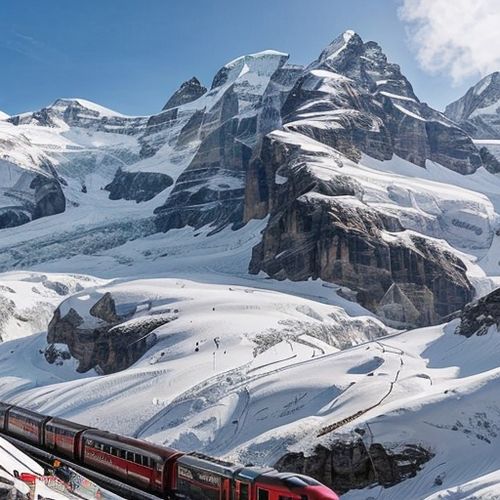
By Eric Ward/Apr 11, 2025
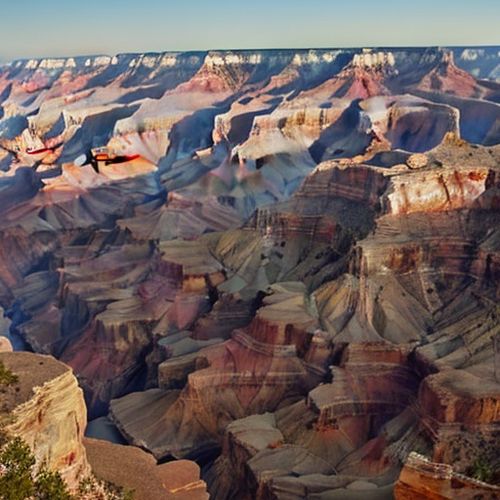
By Laura Wilson/Apr 11, 2025
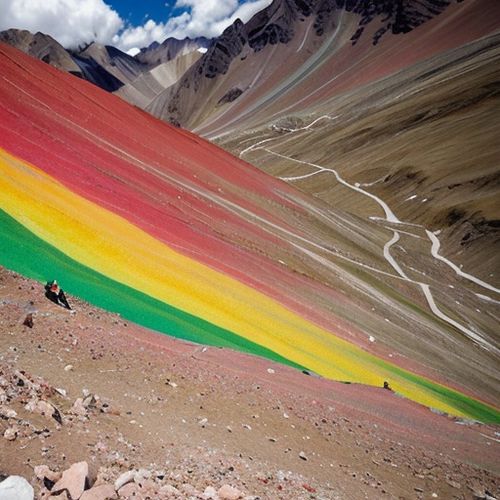
By Jessica Lee/Apr 11, 2025
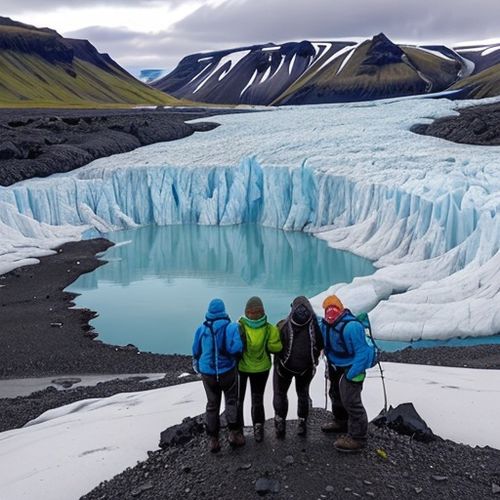
By Christopher Harris/Apr 11, 2025
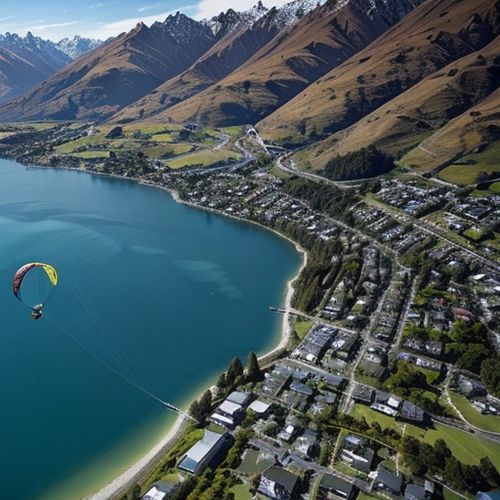
By Michael Brown/Apr 11, 2025
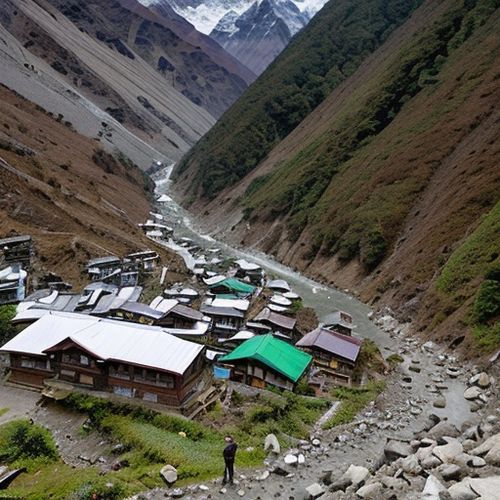
By Victoria Gonzalez/Apr 11, 2025
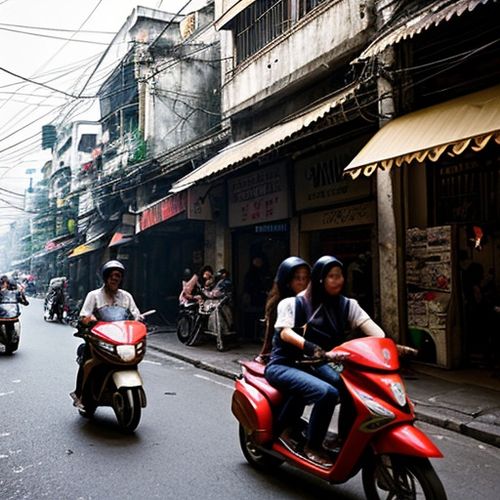
By Daniel Scott/Apr 11, 2025

By Natalie Campbell/Apr 11, 2025

By Daniel Scott/Apr 11, 2025
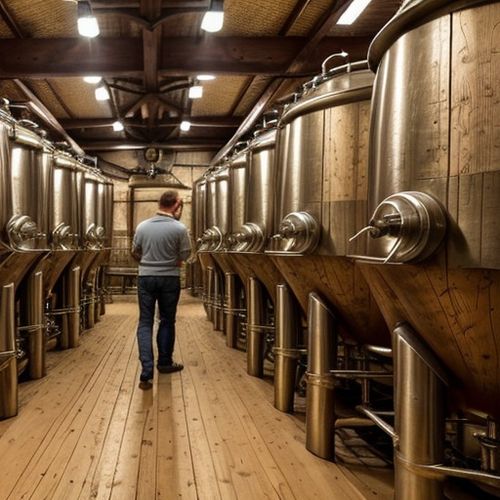
By Joshua Howard/Apr 11, 2025

By Christopher Harris/Apr 11, 2025

By Amanda Phillips/Apr 11, 2025

By Rebecca Stewart/Apr 11, 2025

By Amanda Phillips/Apr 11, 2025
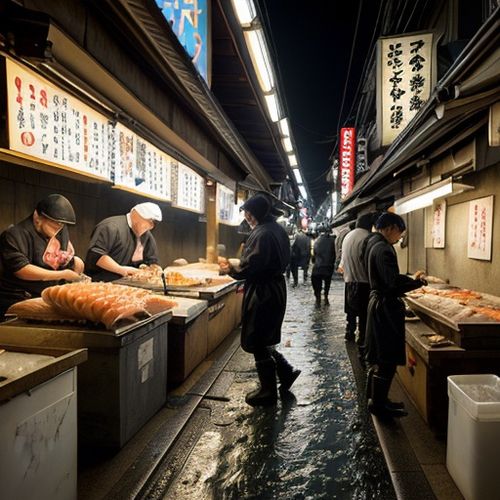
By Megan Clark/Apr 11, 2025

By Olivia Reed/Apr 11, 2025

By Jessica Lee/Apr 11, 2025

By Grace Cox/Apr 11, 2025
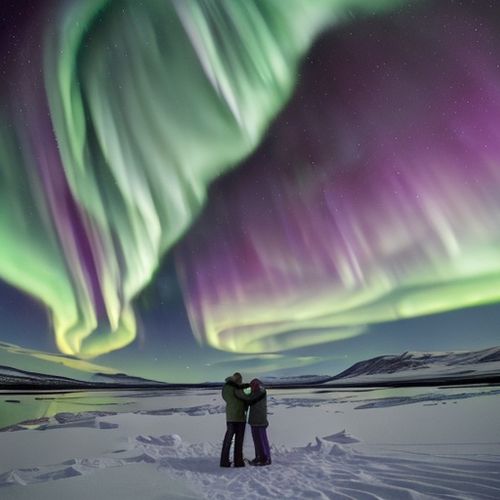
By Rebecca Stewart/Apr 11, 2025

By Olivia Reed/Apr 11, 2025